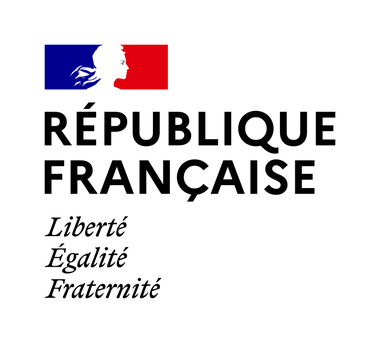Regulatory context
Article 2 of the "Climate and Resilience" law (law no. 2021-1104 of August 22, 2021 on combating climate disruption and strengthening resilience to its effects) provides for experimentation with environmental labelling, particularly in the clothing textiles and footwear sector.
The experiment has been piloted by the French Ministry of Ecological Transition, with technical support from ADEME. Begun in 2021 through an ADEME call for projects, the experiment closed on September 30, 2022.
Its aim was to test, with case studies of marketed products, different methods for assessing and communicating the environmental performance of clothing textiles and footwear, based on a life-cycle approach.
The European "Product Environmental Performance" method (PEF, under development), ADEME's historical method, and alternative methods were selected by the public authorities following a call for projects by ADEME. The methods analyzed are as follows:
| AES-FHCM | FHCM | Experimentation with an alternative method for assessing and displaying the environmental and social performance of products in the fashion sector by the FHCM |
| AffichEnvPasAPa | La Belle Empreinte | Alternative method: step-by-step environmental display |
| EDS | ECOEFFLAB- CDPH – DEFI Mode | Ecodesign Score |
| FootPrintTarget | GREEN SCORE CAPITAL | Software package for measuring and accelerating corporate environmental performance |
| MAAEF | GOOD FABRIC | Alternative method french environmental display |
| MAAPFM | FAIRLY MADE | Alternative display method proposed by Fairly Made |
| Méthode AE UIT | Union des Industries Textiles | Alternative environmental display methodology Textile sector |
| SNDP | LOOM | Non-physical durability overlay |
| XTEX enseignes | Tape à l'œil | "Climate Law experiment: environmental display method for clothing textiles and footwear" |
| XTEX YUKAN | YuKan SAS | Call for Xtex projects "Climate Law experimentation: environmental display method for clothing textiles and footwear" Consortium project led by YuKan |
| XTEX-METHCFPEF | Clear Fashion | Clear Fashion: methodology for assessing the environmental impact of clothing textiles and footwear according to the PEF technical base |
Assessment and main results
The results of the experiment show that it is possible to deploy environmental labelling on a large scale in the textile sector, and that consumers are interested in the system.
It is recommended to rely on the European PEF framework (under construction), which covers the majority of issues (climate change, water consumption, energy, etc.) and to complete it on some key issues currently missing:
-
Textile end-of-life
-
Garment durability: intrinsic durability (strength and repairability) and extrinsic durability (attachment, perceived value)
-
Toxicity of manufacturing processes
-
Microplastics
These conclusions converge with work on the food sector.
Timetable
The aim is to roll out official environmental labelling in the textile sector by 2024, on a voluntary basis. The final arbitrations (method and format) are expected in early 2024.


